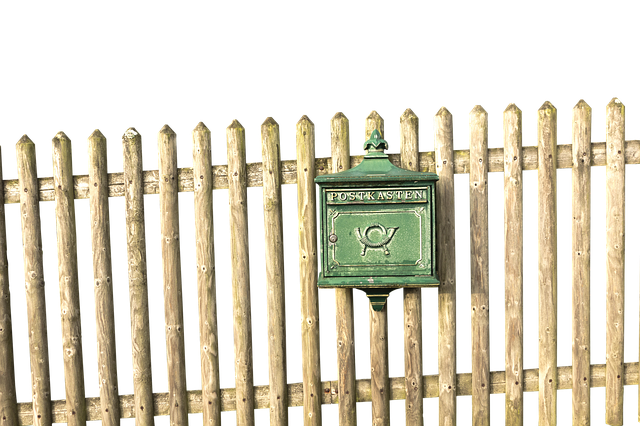Introduction:
Maintaining an attractive and durable wooden fence is easier than you think. This article guides you through the process of fence staining and sealing, essential practices to protect your investment. From understanding the benefits and exploring various stain types to preparing your fence and selecting the perfect combination of stain and sealer, we offer step-by-step advice for a long-lasting finish. Learn how to enhance the aesthetics and longevity of your wooden fence with these simple yet effective techniques.
- Understanding Fence Staining: Benefits and Types
- Preparing Your Wooden Fence for Staining
- Choosing the Right Stain and Sealer
- Applying Stain and Sealing Techniques for Longevity
Understanding Fence Staining: Benefits and Types
Understanding Fence Staining involves recognizing its multifaceted benefits, which extend beyond mere aesthetics. By sealing and staining your wooden fence, you’re not just enhancing its visual appeal but also safeguarding it against the elements. Over time, wood succumbs to sun exposure, moisture, and UV rays, leading to fading, cracking, and even rot. Regular staining acts as a protective barrier, blocking out these harmful factors. This process fills in pores and cracks, preventing water penetration that could lead to deterioration.
There are several types of fence stains available, each offering unique advantages. Water-based stains are eco-friendly and easy to clean but may have shorter durability. Oil-based stains, on the other hand, provide superior protection against fading and moisture with a deeper color intensity. Polyurethane finishes offer both beauty and durability, creating a hard-wearing layer that can withstand harsh weather conditions. The choice depends on your specific needs, whether it’s enhancing natural wood tones or achieving a more dramatic effect while ensuring long-lasting protection for your fence.
Preparing Your Wooden Fence for Staining
Before applying any stain or sealer to your wooden fence, proper preparation is key. Start by thoroughly cleaning the fence to remove any dirt, dust, and debris that might hinder the staining process. Use a pressure washer or a stiff-bristled brush with mild detergent and water to ensure a clean surface. This step is crucial as it allows the stain to adhere better and create an even finish.
Next, inspect the fence for any damaged or rotten sections. Repair or replace these areas to maintain the structural integrity of your fence. Fill in any gaps or cracks using wood putty and sand the repaired areas smoothly before proceeding. This preparation not only enhances the overall appearance but also ensures a longer-lasting stain and seal.
Choosing the Right Stain and Sealer
When it comes to enhancing your wooden fence, selecting the perfect stain and sealer is a critical step. The right combination will not only bring out the beauty of your wood but also protect it from the elements. Consider the type of wood you have; different species may require specific stains to highlight their unique characteristics. For instance, redwood and cedar naturally have resilient oils that make them less susceptible to fading, whereas other woods might need a stain that offers better protection against rot and insect damage.
Additionally, choose a sealer that suits your climate and exposure to sunlight. In regions with frequent rainfall or high UV indexes, opt for water-based sealers that are more environmentally friendly and offer long-lasting protection. For a natural look, consider semi-transparent options, while solid color stains provide a more dramatic effect, altering the wood’s appearance significantly. Always read product labels and follow application guidelines to ensure optimal results.
Applying Stain and Sealing Techniques for Longevity
Applying stain and sealing techniques is essential to extend the lifespan of your wooden fence. Start by choosing a high-quality fence stain that offers UV protection, which helps guard against fading and weathering. Apply the stain evenly using a brush or roller, ensuring complete coverage of all wood surfaces. This initial coat creates a protective barrier, blocking out moisture and preventing rot. Allow the stain to dry completely before adding subsequent layers for enhanced durability.
Sealing is the next step in preserving your fence. Use a water-based seal that is designed specifically for exterior use on wood. Similar to staining, apply the seal with a brush or roller, following the manufacturer’s instructions for drying times between coats. Multiple thin layers of seal are better than one thick coat, as this allows for better penetration and long-lasting protection against elements like sun, rain, and snow that can damage exposed wood over time.
